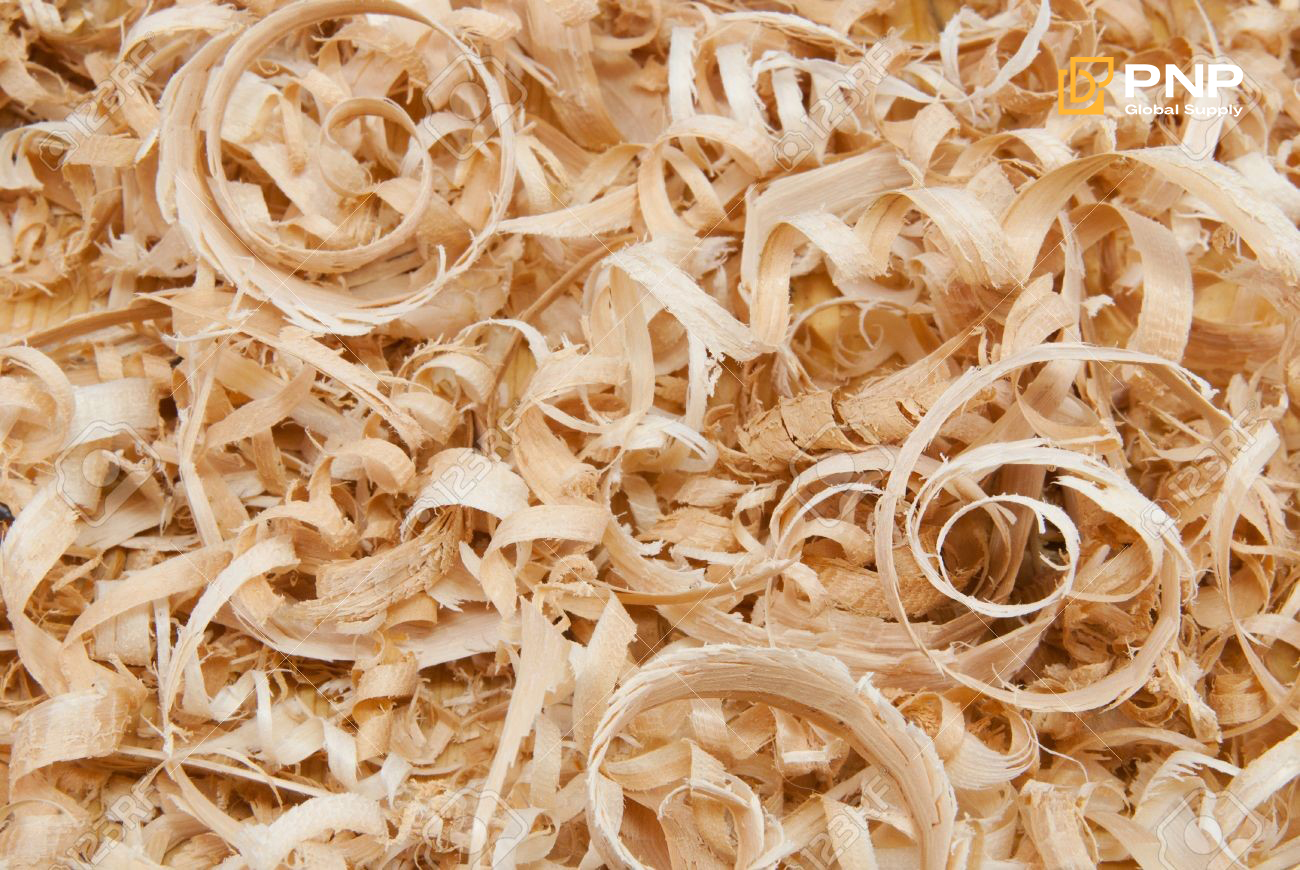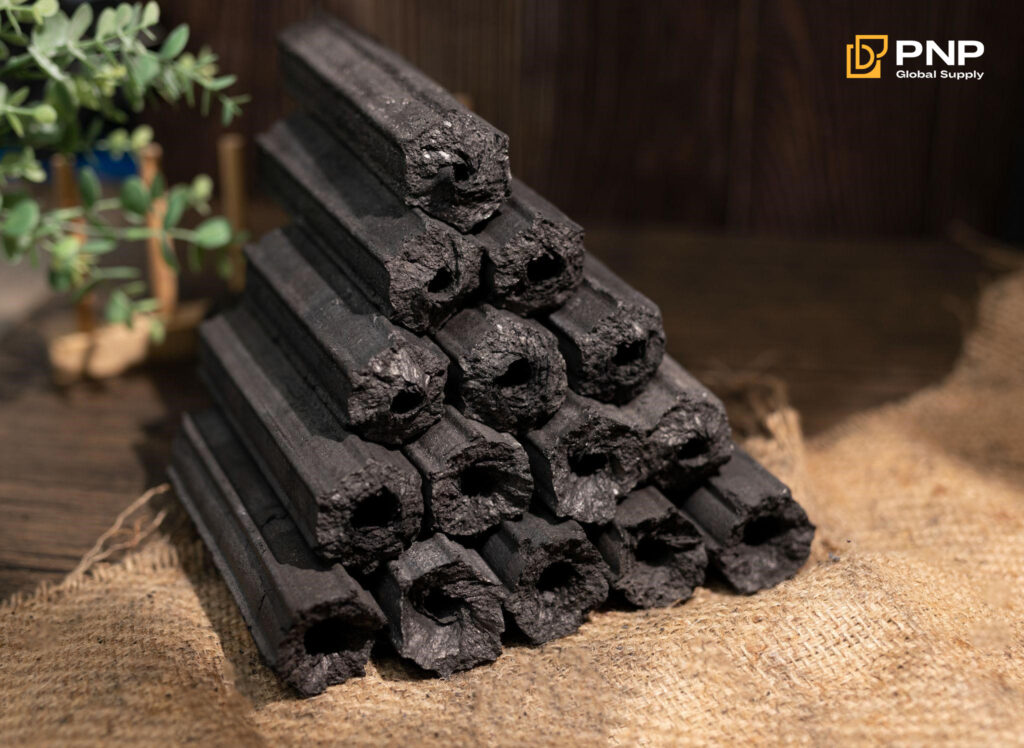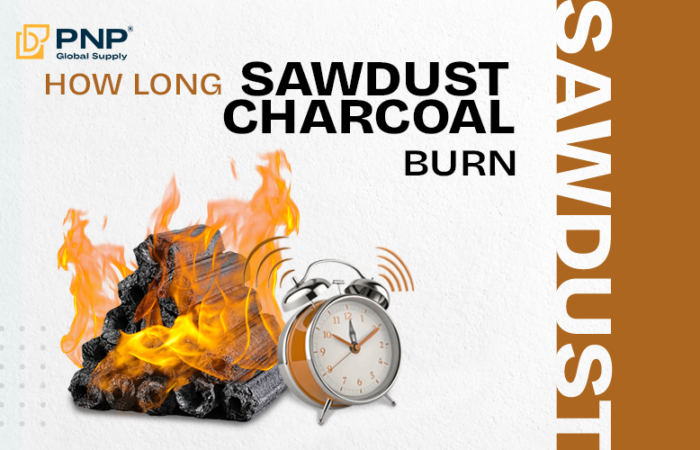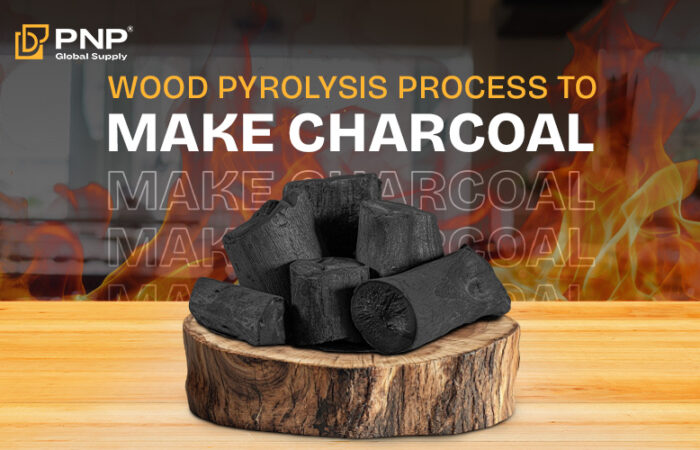Sawdust charcoal has gained popularity as an eco-friendly alternative to traditional charcoal. With high heat output, low smoke emissions, and sustainable sourcing, it is widely used in grilling, heating, and industrial applications. Understanding the charcoal production process helps businesses and consumers recognize the value of sawdust charcoal and its advantages over conventional charcoal. This guide provides a comprehensive look into the charcoal making process, from raw material selection to the final packaging of charcoal from sawdust.

Key Benefits of Sawdust Charcoal
- Environmentally Friendly
Unlike hardwood charcoal, which requires cutting down trees, sawdust charcoal is made from wood waste, reducing deforestation and promoting sustainability.
- High Efficiency & Long Burning Time
Thanks to its dense structure, sawdust briquette charcoal burns longer and hotter than regular lump charcoal, making it ideal for BBQ and heating purposes.
- Low Smoke & Less Residue
The production process removes excess volatile compounds, ensuring cleaner combustion with minimal ash production.
- Versatile Applications
Used for home grilling, industrial heating, and even in metal processing, charcoal from sawdust is a preferred choice in various industries.
- Cost-Effectiveness
Sawdust charcoal is often more affordable than hardwood lump charcoal, thanks to the efficient use of wood waste and lower production costs. Its long burn time and consistent heat output make it an economical choice for both households and commercial users.
Raw Materials and Preparation
The quality of sawdust charcoal depends heavily on the raw materials used. The primary ingredient is fine, dry sawdust sourced from wood industries. Key considerations include:
- Low Moisture Content: Ideally below 10% to ensure efficient carbonization.
- Wood Type: Hardwoods like oak, acacia, and mangrove produce high-density sawdust briquette charcoal.
- Particle Size: Fine sawdust compacts better, resulting in high-quality briquettes.

Step-by-Step Sawdust Charcoal Production Process
Sawdust Collection and Drying
The process starts with collecting sawdust from sawmills and furniture factories. Fresh sawdust contains moisture, which must be reduced to avoid excessive smoke during burning.
Drying Methods:
- Sun Drying: Suitable for small-scale production but time-consuming.
- Rotary Drum Dryers: Used in large-scale charcoal production to achieve uniform dryness quickly.
Compression into Sawdust Briquettes
Once dried, the sawdust is compacted into briquettes using mechanical or hydraulic presses. This step is crucial in forming high-density charcoal that burns efficiently.
Briquetting Methods:
- Hot Pressing: Uses heat and pressure to naturally bind sawdust, eliminating the need for chemical binders.
- Cold Pressing: Requires an organic binder, such as starch, to hold the sawdust particles together.
Carbonization Process
The most critical step in charcoal making is carbonization, where sawdust briquettes are heated in a controlled environment to remove moisture, volatile gases, and impurities.
Types of Carbonization Methods:
- Traditional Kilns: Low-cost but inefficient, often used in rural areas.
- Retort Systems: Modern, eco-friendly method producing high-quality sawdust charcoal with minimal emissions.
Temperature Control:
- 250°C – 300°C: Initial drying phase.
- 300°C – 500°C: Active carbonization stage where sawdust transforms into charcoal.
- 500°C+: Produces high-quality charcoal from sawdust with high fixed carbon content.
Cooling and Packaging
After carbonization, the charcoal needs to cool gradually to prevent it from breaking due to sudden temperature changes. It is then sorted based on size and quality before being packaged for sale.
Packaging Options:
- Paper Bags: Suitable for retail markets and BBQ usage.
- Bulk Packing: For industrial and export purposes.
Quality Control and Storage
Maintaining consistency in sawdust charcoal quality is vital for both domestic and international markets. Key quality parameters include:
- Fixed Carbon Content: Should be above 75% for long burning.
- Ash Content: Ideally below 5% for minimal residue.
- Moisture Level: Should not exceed 8% to prevent dampness.
For storage, charcoal should be kept in dry, ventilated areas to avoid moisture absorption, which can affect its performance.
Market Demand and Export Potential
The demand for charcoal from sawdust is increasing globally due to its sustainability and efficiency. Major markets include Europe, the Middle East, and Asia, where eco-friendly fuel alternatives are preferred. Buyers should look for suppliers who provide:
- Certifications: Compliance with environmental and quality standards.
- Consistent Supply: Ability to meet large-scale orders.
- Custom Packaging Options: For branding and retail distribution.

Export Challenges and Opportunities:
- Regulatory Compliance: Import regulations differ by country, requiring exporters to meet quality and safety standards.
- Competition: Growing interest in sustainable fuels has increased competition, making branding and certification essential.
- Cost Competitiveness: Sawdust charcoal’s lower production cost compared to hardwood charcoal gives it an advantage in price-sensitive markets. Buyers often seek cost-effective, high-quality options, making sawdust charcoal a strong contender in global trade.
Explore the process of importing sawdust charcoal from Vietnam in this article: UNDERSTAND THE PROCESS TO IMPORT SAWDUST CHARCOAL FROM VIETNAM
Conclusion
The charcoal production process for sawdust charcoal is an efficient and eco-friendly alternative to traditional charcoal making. By following the right steps, from raw material selection to carbonization and packaging, high-quality charcoal from sawdust can be produced for various applications. Whether you’re a manufacturer or a buyer, understanding this process helps in making informed decisions about sawdust briquette charcoal.
________________________________
Contact us for more information
Facebook: PNP Charcoal
Instagram: PNP Charcoal
Email: info@pnpglobalsupply.com




